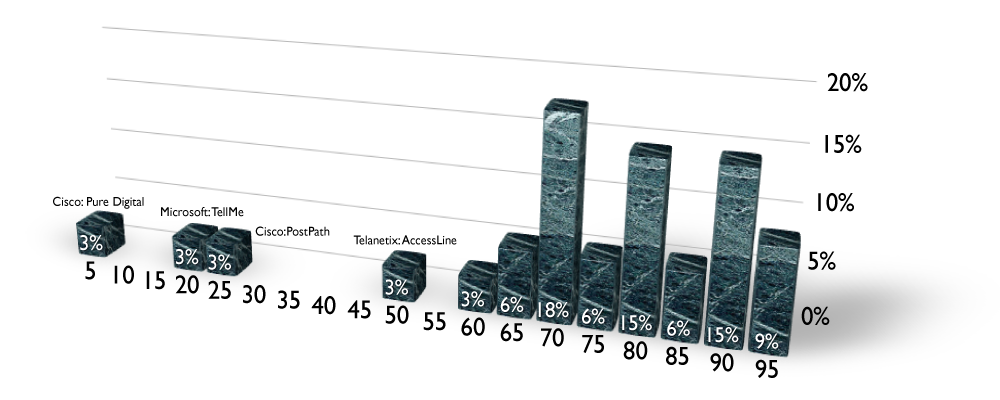 Brocade acquires Foundry Networks for $3 billion. The cash and stock deal greatly expands the offerings. Foundry has switching and routing products for enterprise and carriers while Brocade has leading products for data center networking.
Brocade acquires Foundry Networks for $3 billion. The cash and stock deal greatly expands the offerings. Foundry has switching and routing products for enterprise and carriers while Brocade has leading products for data center networking.
This is a consolidating deal, but not what I would expect.
 Data center networking is a highly specialized domain for data center managers. These technologies are about 10G server NIC, SAN switches, FibreChannel and other extremely high performance cards and technologies while high performance LAN switching and WAN routing are the domain of a different group of challenges.
Data center networking is a highly specialized domain for data center managers. These technologies are about 10G server NIC, SAN switches, FibreChannel and other extremely high performance cards and technologies while high performance LAN switching and WAN routing are the domain of a different group of challenges.
Here's the Brockmann Deal Report Card:
Strategic Fit [5/5].
Both of these companies rely significantly on direct sales to specialists in their customers. There is no product line overlap.
Timing [4/5].
These companies are both profitable and have recently released new products.
Customer Demand [3/5].
Economies of scale in technology sharing to create new classes of products – hybrid data center / modular switches – are present. and should lead to greater innovation. As well, there may be economies of scale in the sales organization, particularly if the two companies share many customers. No doubt, once the deal receives appropriate regulatory approval, account cross-selling (Brocade sells Foundry to Brocade customers and Foundry sells Brocade to Foundry customers) will be the first order of business. In fact, a joint resale agreement may already be in place while the Department of Justice and the European Commission review the deal.
Potential [4/5].
No doubt that a bigger company is stronger. Complementary products, sales organizations and R&D cultures means that there will be synergies created. Just as the high performance server market evolved into the PC market (PCs got ever-faster processors ever-cheaper with faster performance curve than servers and eventually smerged the two markets together) except for form factor (servers in n x U racks with big noisy fans and ugly packaging, so the high performance switching and data center devices will devolve into enterprise-class and ultimately home networking platforms. Of course, there will need to be home-optimized packaging, but the technology most certainly will migrate there.










